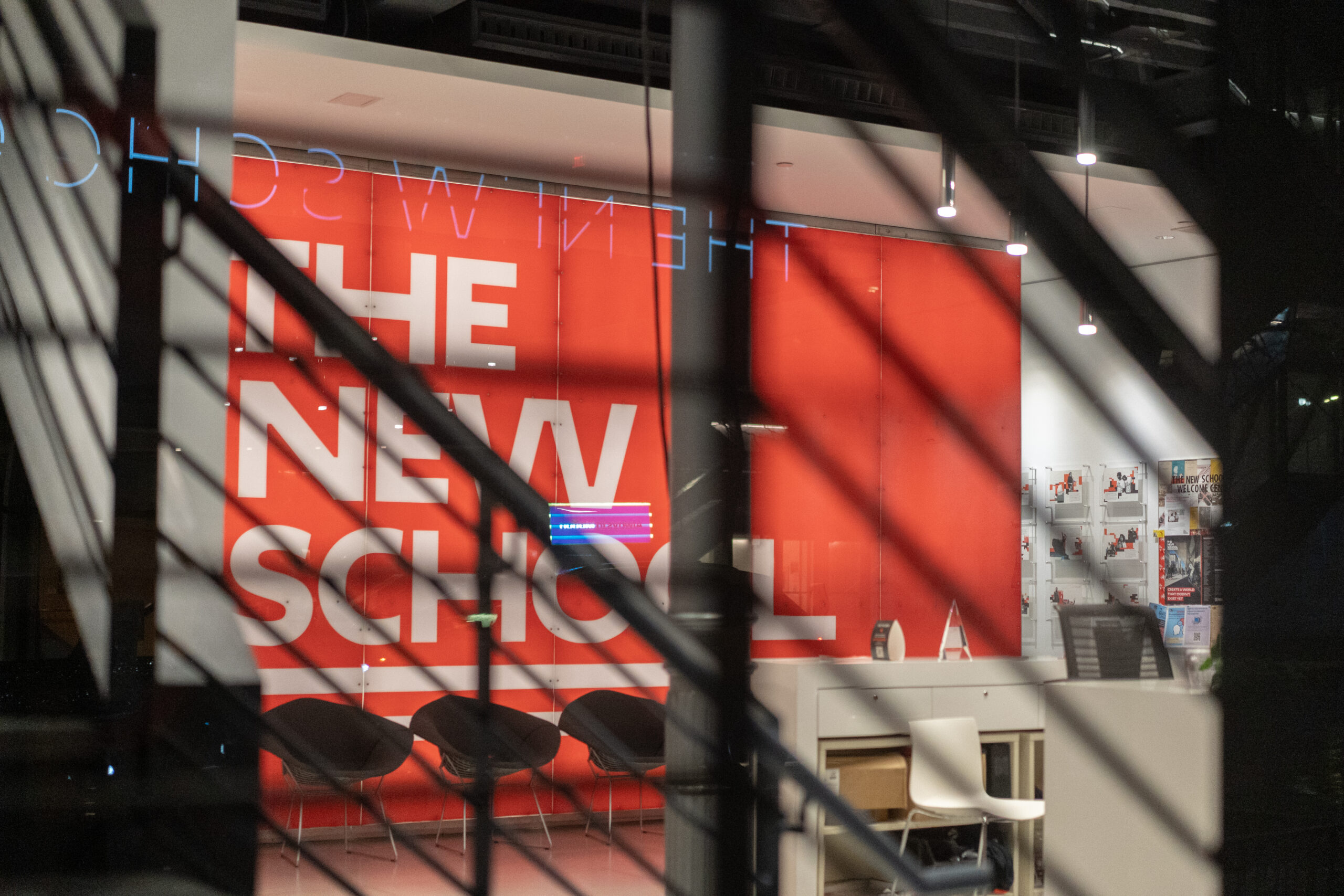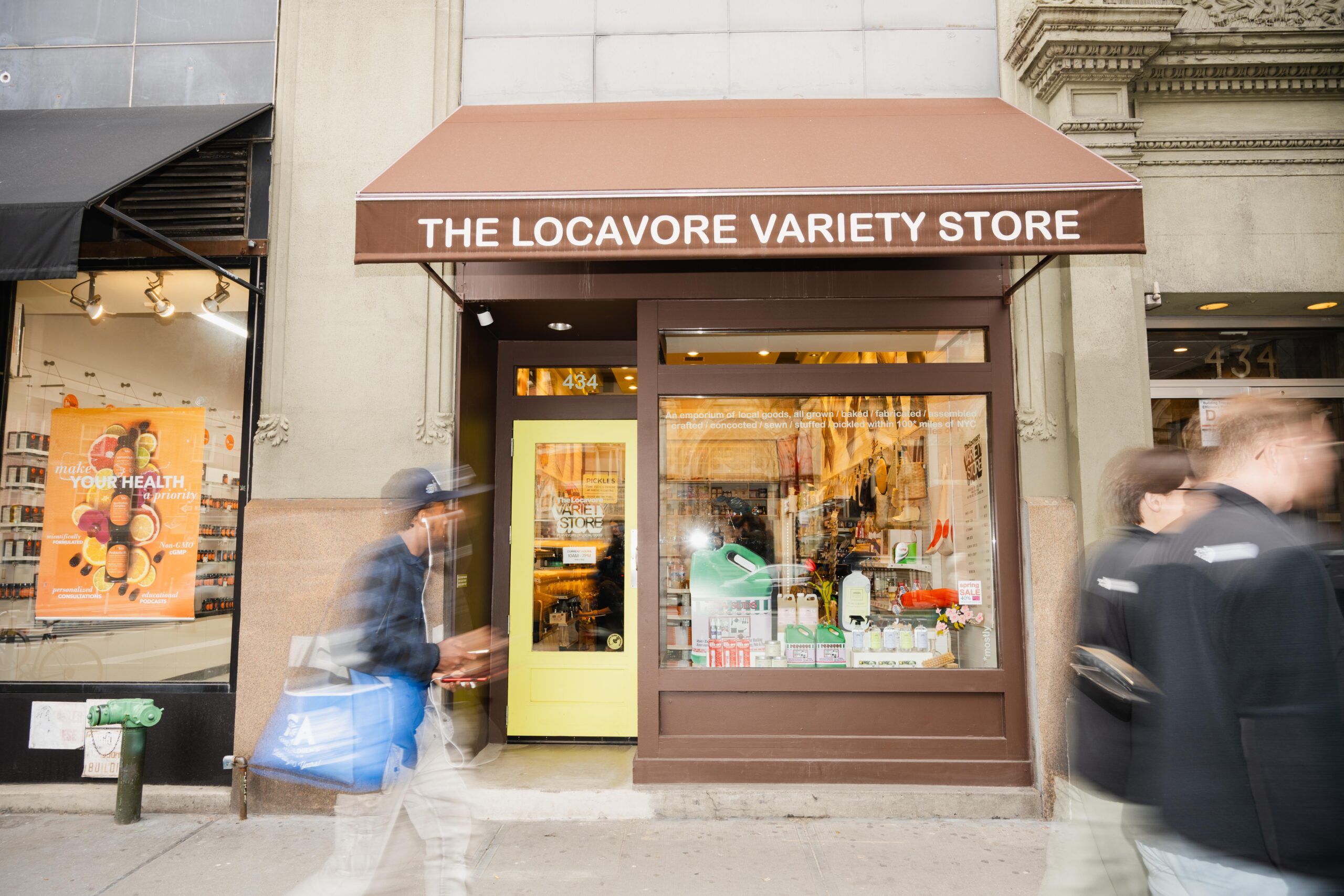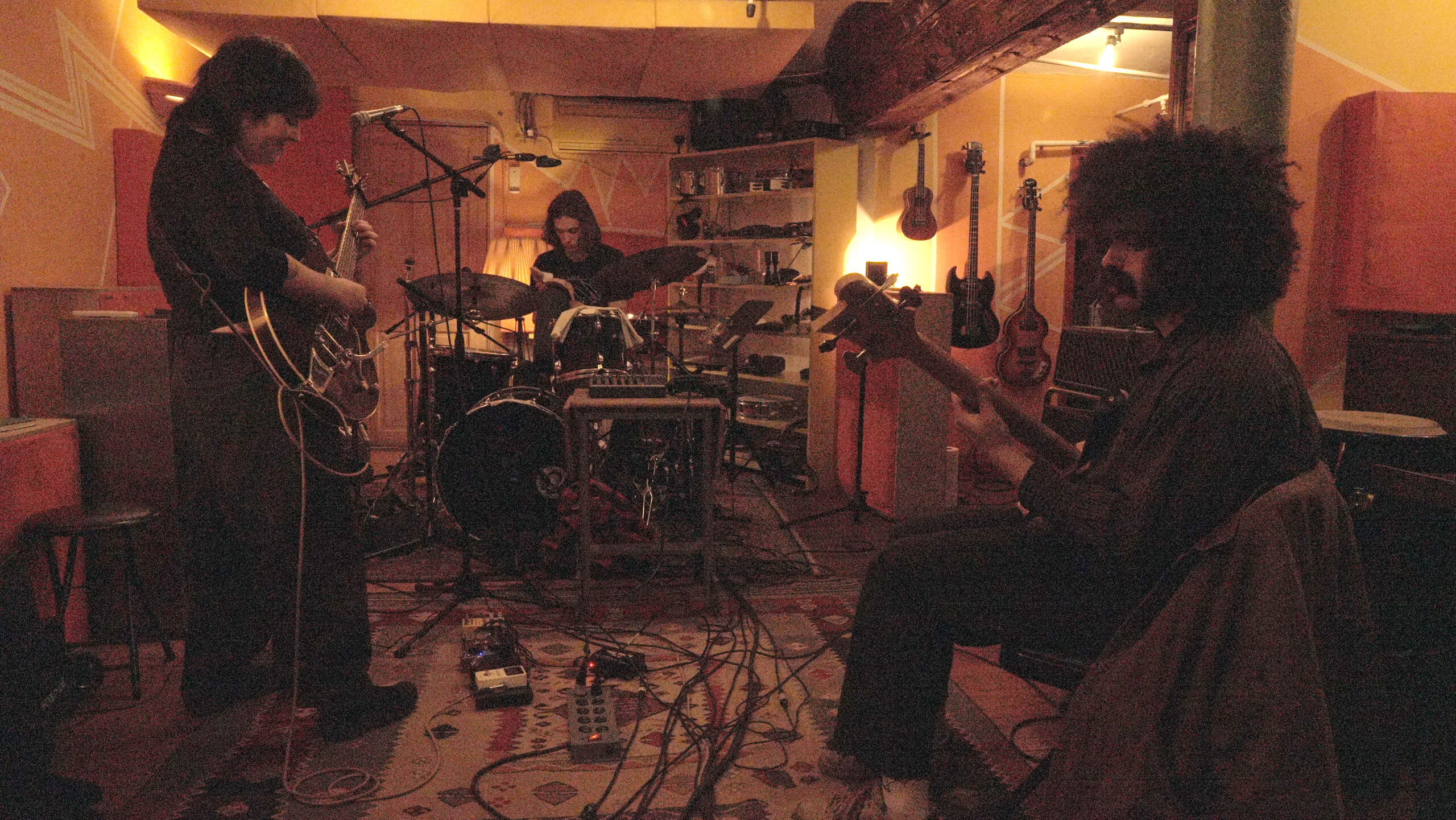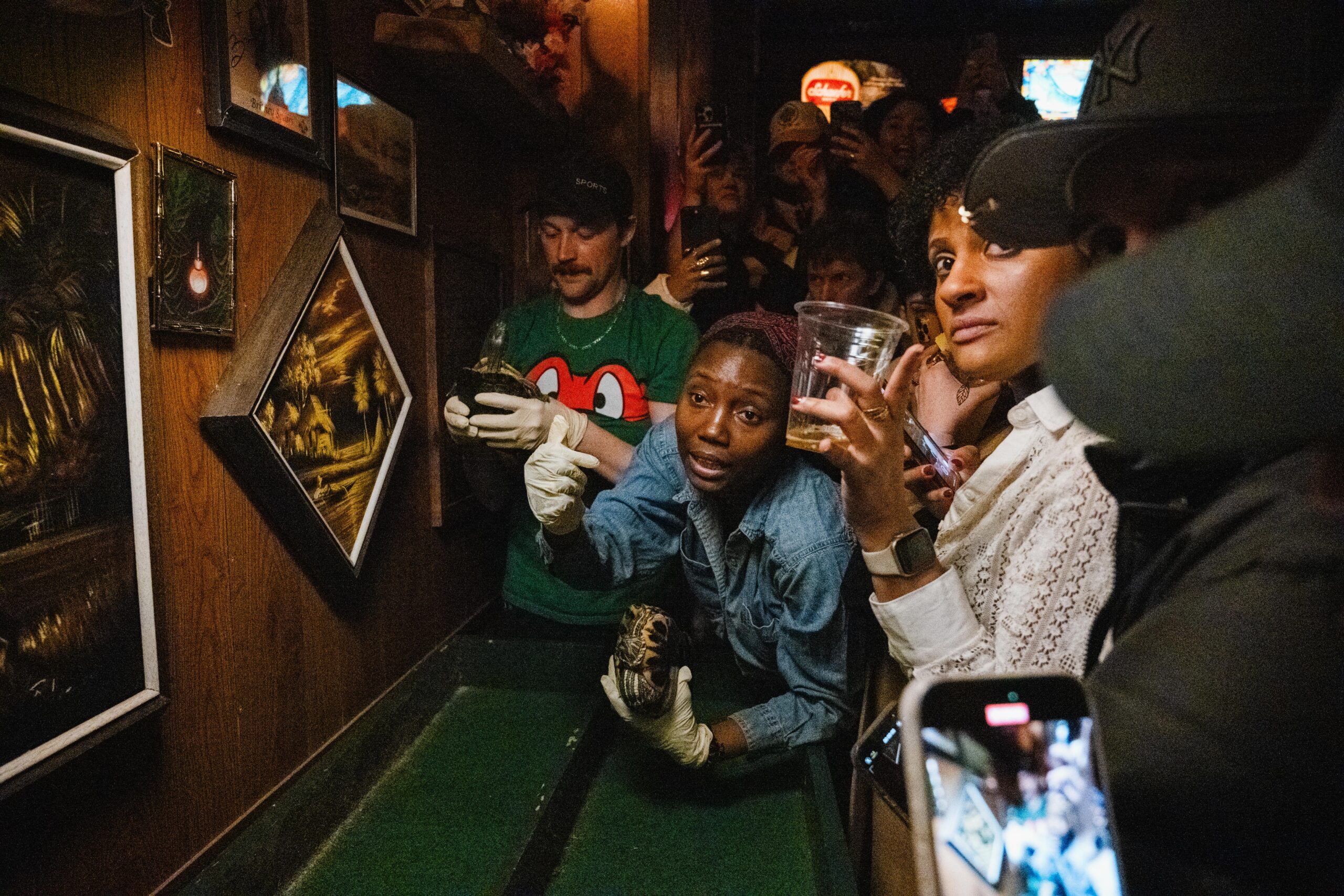Torn between providing students spaces to work and maintaining clean sewing studios, administrators in the Making Center are accepting proposals to solve this problem.
Proposals that have come from fashion program leadership, Making Center staff and students include closing studios in the middle of the night for 2 to 4 hours, or implementing a rotating cleaning schedule. No final decisions have been made yet and proposals will be accepted until the end of the semester
“We get to this weird pinch point where human beings are working as they need to, but because they are working as they need to, facilities doesn’t have the ability to work around them or schedule around them so the spaces don’t get cleaned by the next day,” explained Maya Valladares, manager of Fashion and Textiles at the Making Center.
It becomes hard to clean the studios since staff cannot move a student’s belongings when they are actively working. A rule prohibits food and drinks from the studios, but trash still accumulates.
“Students leave around a lot of food and scraps,” said sophomore sewing room student technician Prachi Ghera. “The tables are also made of cork so they soak up any oil or water. If you have an expensive silk fabric, they will soak up that oil.”
Valladares said she wants to prevent a class from coming into a messy studio in the morning because of students who did not clean up the night before.
As most sewing studios are occupied by classes during the day, many students need late night hours to complete homework and projects. Closing these studios for cleaning may cause strain on students who need them.
Junior fashion design student Mariel Delal said the nighttime is the best time for her to work. “My classes end at 9 p.m., so I come to the studios at night. We also usually stay at night because there are less people working in the studios.”
Dela also said that she needs access to machines that the university provides. “I don’t have this kind of space in my apartment. I have a machine, but I don’t have an industrial sewing machine and those are much faster. Also, if you’re doing something precise you really need the tables.”
As a counterpoint, administrators may also want to close the studios overnight during late hours to ensure students are not alone if they get injured, Valladares said.
She also mentioned that other design schools like Central Saint Martins in London require a minimum of three students to be in a studio at once. In case one student gets hurt, one can stay with that student while another gets help.
“Right now, we have no such rule in place and if somebody is working alone in the middle of the night, I don’t think we have a system for them to get help,” Valladares said. “If they are not able to reach out, if they are not able to go down and get security, or nobody happens to glance at the camera and see them in the room, I’m not really sure what happens to them, and that really does worry me deep in my heart.”
Dominique Flaksberg, senior co-leader of the Parsons Student Fashion Council and fifth year BA/BFA fashion student, said the issue of space for fashion students has been brought to the council’s attention and suggested looking at other programs to solve the problem.
“Fine arts has their own studios as seniors,” Flaksberg said. “I think something important to mention is, there’s a lack of connectivity between the schools. So there are a lot of good ideas in different departments that are not taken to other departments. The studios in fine arts are the perfect example and would be amazing for the fashion program.”
Flaksberg understands the physical and financial constraints of providing each senior in the fashion program with their own space, she said.
“Fashion demands just as much space as fine arts in a lot of ways. But because our program is so big, they would never be able to do that,” she said.
With many people needing access to the same spaces, the Making Center still works to find a solution that meets everyone’s needs.
“So we have these dual conundrums, one is cleanliness and you don’t want to start a 9 a.m. class in a room that smells like burgers and feet,” Valladares said. “But then there is also the health and safety thing and I don’t right now have a hard and fast solution to either of those.”
Illustration by Ashlie Juarbe







